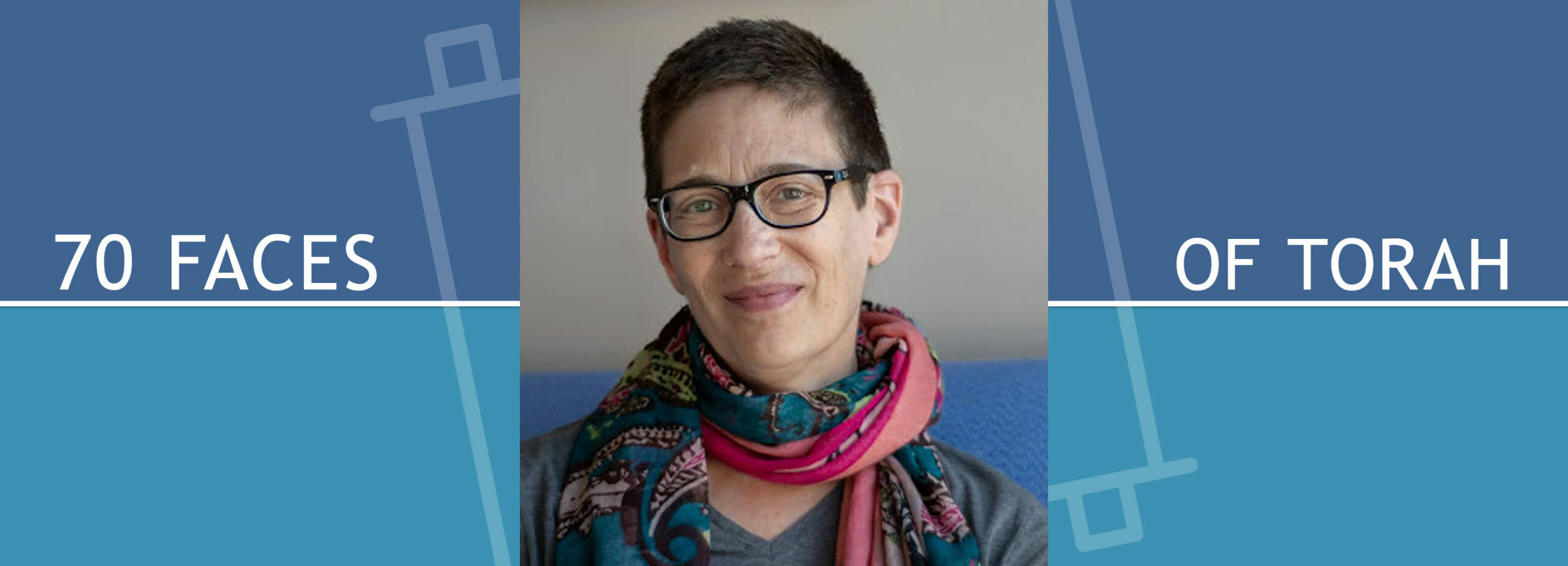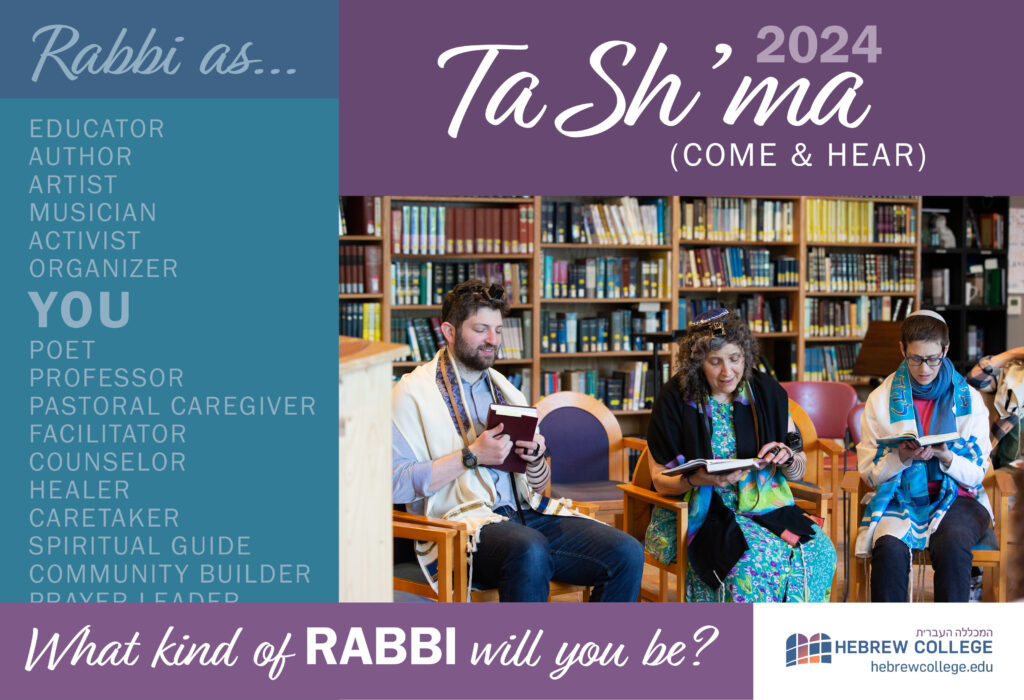Deuteronomy Amid the Toppling Towers

Parashat Shoftim (Deuteronomy 16:18-21:9)
When I signed up to write a 70 Faces essay for Parashat Shoftim, I thought maybe I’d do something with the theme of justice. After all, the parashah has this famous phrase:
צֶדֶק צֶדֶק תִּרְדֹּף לְמַעַן תִּחְיֶה וְיָרַשְׁתָּ אֶת־הָאָרֶץ אֲשֶׁר־יי
Justice, justice you shall pursue, in order to live and to inherit the land,
which Adonai your God has given to you. (Deuteronomy 16:20)
Or perhaps I could do something about seeking guidance when in a state of confusion, based on this passage:
כִּי יִפָּלֵא מִמְּךָ דָבָר לַמִּשְׁפָּט בֵּין־דָּם לְדָם בֵּין־דִּין לְדִין וּבֵין נֶגַע לָנֶגַע דִּבְרֵי רִיבֹת בִּשְׁעָרֶיךָ
וְקַמְתָּ וְעָלִיתָ אֶל־הַמָּקוֹם אֲשֶׁר יִבְחַר יי אֱלֹהֶיךָ בּוֹ׃
If a matter of judgment comes before you which is too confounding, between blood and blood, between decision and decision, between disease and disease [i.e. matters of ritual purity]—matters of conflict within your gates, get up and go to the place which Adonai your God has chosen for you. (Deuteronomy 17:8)
Or maybe, if I were feeling very courageous, I could take on the theme of vengeance, working with another famous pasuk (verse):
וְלֹא תָחוֹס עֵינֶךָ נֶפֶשׁ בְּנֶפֶשׁ עַיִן בְּעַיִן שֵׁן בְּשֵׁן יָד בְּיָד רֶגֶל בְּרָגֶל׃
Show no mercy: life for life, eye for eye, tooth for tooth, leg for leg. (Deuteronomy 20:21)
Then came the murders.
After Shabbat, when I reconnected to the outside world and began to take up this week’s parashah in earnest, I saw the soul-searing news. The bodies of Hersh Goldberg-Polin, Eden Yerushalmi, Ori Danino, Alex Lubanov, Carmel Gat, and Almog Sarusi had been found. They were killed, probably recently, after having been held hostage for more than eleven months.
The three psukim above seem both to apply, and to be hopelessly simplistic for the moment. On reflection, I saw we were somewhere else entirely.
We are living in an extraordinarily bewildering time. Not only in Israel, but also in American politics, and all over this gorgeous fragile planet, the world seems ready to boil over. With competing, incompatible narratives battling for legitimacy and primacy, it feels like we are squarely in the post Migdal Bavel (Tower of Babel) moment.
The tower is toppling as we shake our fists at one another.
How mysterious are the connections that bind us to each other and to our God! In a time of uncertainty and loss, a time of dread that often feels existential, where do we turn? What do we do with our doubt?
And yet, surely our times are no less uncertain than ancient times. We know that on top of the regular challenges of being human, our people have faced threats, persecution, violence, disease, and wrenching change since the moment our narrative began to take shape. How did our ancestors handle it? What were the mechanisms in place for going on when everything around them was in impossibly dizzying turmoil?
The last nine verses of Parashat Shoftim describe a ritual known as Eglah Arufah, an elaborate set of steps to perform in the case of an unsolved murder. It is disquieting: grotesque and eerily specific, involving measuring the distance from the body to each of the nearby towns and attaching responsibility to the closest town. The elders from that town then take a young heifer and bring it to a ravine filled with water. There they break the heifer’s neck, and the Levitical priests—under whose jurisdiction assault falls—wash their hands over the animal’s broken body, reciting these ritual words: “Our hands did not shed this blood, nor did our eyes see it done. Absolve, O God, your people Israel, whom you redeemed. Do not allow the blood-guilt of this innocent to remain among your people Israel.” The passages in Masechet Sotah that elaborate on Eglah Arufah add gruesome and specific detail, imagining every possible permutation of the situation.
One of my first teachers, Rabbi Eric Gurvis, used to say, “If it weren’t a problem they wouldn’t have written about it.” Though this ritual and the Talmudic threads it sparks seem bizarre, especially in our age of crime scene investigation and DNA evidence and reopening of cold cases decades after the crime, it must have served a function in its society.
The specificity is endless, and reads to me all these centuries later like a container for doubt, a strategy for managing the sense of danger and anxiety that comes to the fore with an unsolved crime. The time of the Talmud, centuries after the destruction of the Second Temple, seems in some ways similar to our own time. A sense of order and safety in the Holy Land is something we can barely remember at this point; perhaps we begin to doubt it ever existed. In the rabbinic period, a sense of precision was the best tool they had for facing the existential dread that accompanied them day by day. “If we know what to do,” they told themselves, “we can hold on.”
Ritual fills the void when uncertainty grows unbearable. The sages of the Talmud lean into this and reach into every corner where a question might lurk.
They might never know who committed the murder, but they know, from alef to tav, what to do to counter their anxiety and doubt.
And what does that have to do with us today, as we stagger in disorientation from horror to horror?
Now as then, there is prayer and ritual. Making a blessing over anything we can find to bless sustains us by connecting us to our past and by staunchly refusing to throw the whole thing away. We have what we have.
Ritual is like a lifeboat in a stormy sea. It won’t change the weather but it gives us something to hold onto. If ritual—like Eglah Arufah—got our ancestors through their every upheaval, then our modern-day analogues—lighting our candles and saying our blessings and kissing our children goodnight—will have to do to get us through ours.
May the memories of the six hostages recently killed, and all who have been caught up in the unfolding catastrophe, be a blessing, and may we never again know such sorrow.
Naomi Gurt Lind (she/her) is a fifth-year rabbinical student at Hebrew College and the editor of the 70 Faces blog. Additionally, she serves as spiritual leader at Temple Ahavat Achim in Gloucester. Apart from her studies, teaching, and leading, she plays Bananagrams with her family and bakes a legendary challah. Subscribe to her Rosh Hodesh newsletter at tiny.cc/NGL-Subscribe.
Meet Naomi and other student and faculty at one of our fall open houses, Ta Sh’ma (Come & Hear) November 18 (in-person) or online (Dec. 8). Learn more and register.
Explore Graduate Programs Tamid Adult Learning Classes Support Our Work


